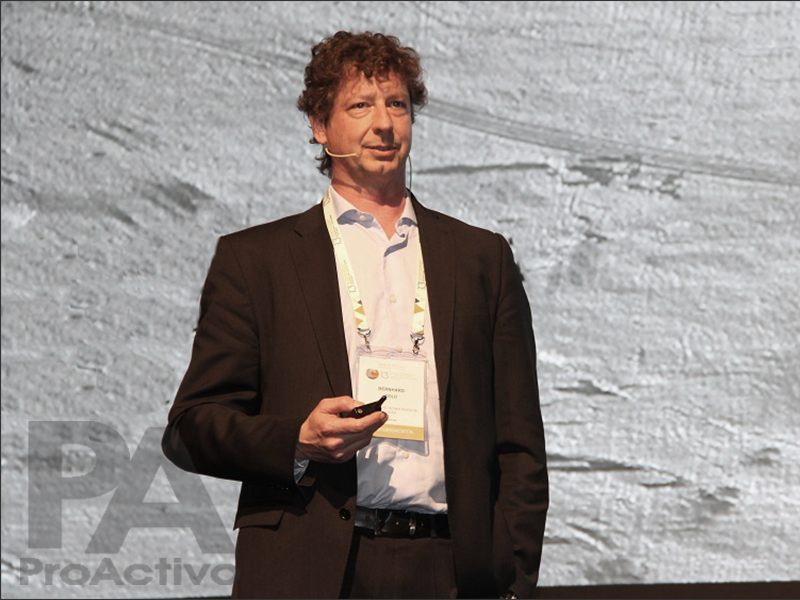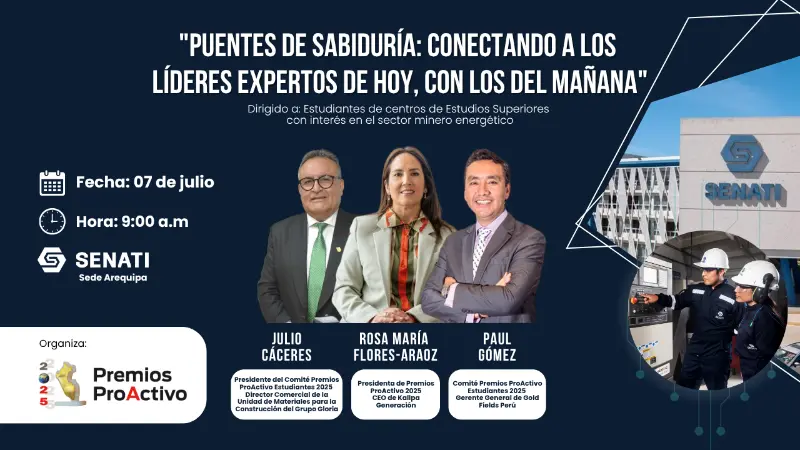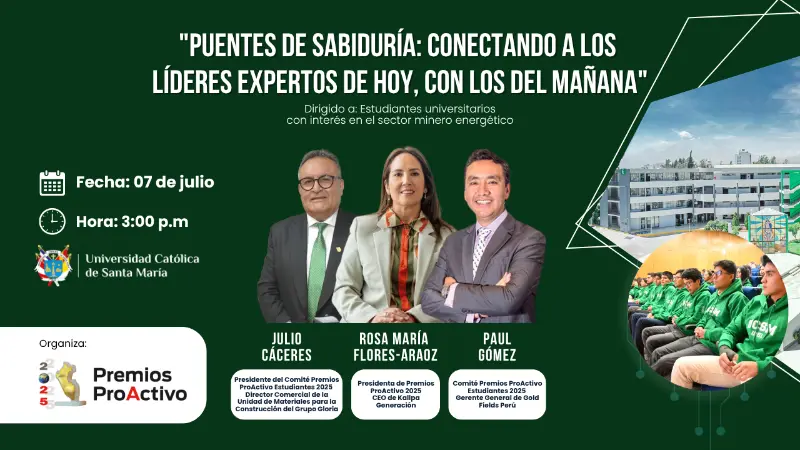
Bernhard Dold
The mining waste will no longer be to become geo-resources and be explored and exploited as such, which minimizes the risks of water resources and soils, generating employment, additional income, new industries and trust between the society, that Bernhard Dold, of the University of Luleå, Sweden, and master speaker of the next ProEXPLO 2019.
“This is sustainable mining, which is possible, under the joint effort of industry and the State to reduce and even eliminate the volume of mining waste, consolidating mining as a source of wellbeing,” he added, noting that an example is the proposal of “Cobre Verde” from the Chilean state giant CODELCO.
Better utilization of the resources resource
The specialist argued that sustainable mining involves a better integrated use of extracted resources and their economic transformation, “for which the key is to see as a single resource all the material extracted from a mine.”
“We must combine technologies that separate the different groups of minerals in the extraction of metals, such as critical elements and industrial minerals,” he said.
He added that the State must put the legal framework and other conditions to support and benefit a sustainable mining and sanction the unsustainable.
The problem of “copper arsenical” and other details
Dold mentioned that some deposits in Peru face difficulties due to the presence of the so-called “arsenical copper”, a mineral with high concentrations of arsenic, frequently associated with pyrite, agents that generate environmental risk.
“In this case, the solution is to intensify the studies for the use of pyrite as a georecurso or industrial mineral in innovative applications of environmentally acceptable high technology, and under the requirements of a circular economy,” he said.
In this regard, he indicated that pyrite could function as a semi-conductor that produces heat during its oxidation, and that it is also a carrier of critical elements necessary for the energy and technological change of the global industry.
“If the different groups of minerals are properly separated during the extraction process, it is possible to use all the material as a basis for new industries,” he said.
He pointed out that, in this way, the volume of waste, for example, of arsenic, which will need specific treatment to prevent it from being a source of contamination, will be minimized considerably.
“If quartz is a mineral of high purity and quality it can be linked to the glass industry or the production of solar panels, and micas can be used for the production of semi-conductors,” he said.
He said that, in order to achieve this objective, all the resource extracted must be properly characterized from the mineralogical and geochemical point of view. “The objective should be to find products with the highest possible added value, for which innovation programs are required from both the State and the mining industry,” he said.




